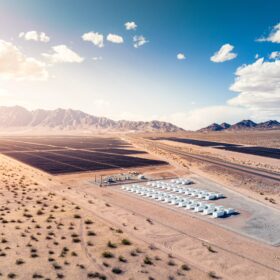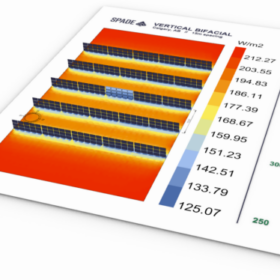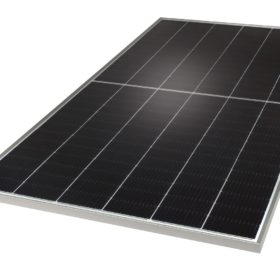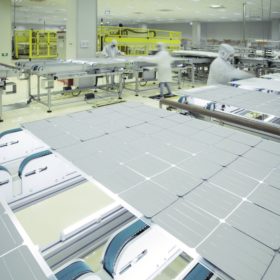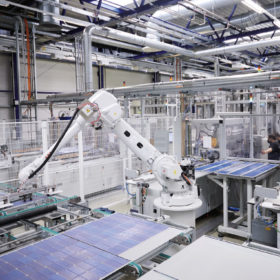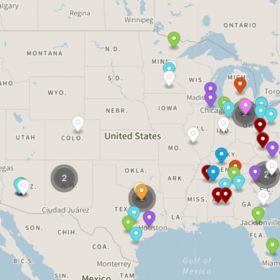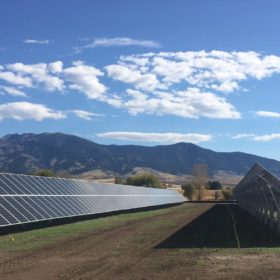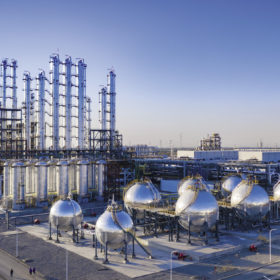Robotic pile driver faster than manual versions, says US startup
Built Robotics says its RPD 35 autonomous robotic pile driving system is three to five times faster than manual pile driving platforms.
Tesla Master Plan projects 3 TW of solar and 6.5 TWh of storage in US
Tesla releases its third Master Plan, with a broad focus on clean electricity generation and storage, as well as related manufacturing costs.
New software modeling tool for agrivoltaics
Sandbox Solar, a solar developer and US federal grant recipient, has released a beta version of its software modeling tool for agrivoltaic power plants. It supports the design and optimization of solar panels, as well as the crops underneath.
Used, resold PV module prices aligned with general market, says US supplier
EnergyBin has released its annual PV module price index, which shows that module prices have fallen from their 2022 peak – but they are still more expensive than they were in 2020.
Longi reveals plans to open 5 GW solar module factory in US market
Longi Solar is working with PV developer Invenergy to build a solar module manufacturing facility in the US state of Ohio.
Silicon Valley Bank financed 62% of US community solar
US Federal Deposit Insurance Corp. (FDIC) closed down Silicon Valley Bank last week after its share price plunged due to ongoing bond-market losses, triggering $42 billion of withdrawals.
Meyer Burger shifting to 100% glass-glass bifacial panels
Meyer Burger says it will shift all of its manufacturing operations away from plastic.
US solar developers take on module manufacturing risks
Multiple deals over the last six months have shown that solar panel manufacturers are using long-term solar module supply agreements with developers to drive factory finance.
Inverter sizing guides grid connection, rules US court
The US Court of Appeals has ruled that an 80 MW (AC)/160 MW (DC) solar farm, with 50 MW of battery storage, meets “Qualifying Facility” status of 80 MW (AC) or less under the Public Utility Regulatory Policies Act (PURPA) of 1978.
Polysilicon costs have slid by 96% per watt over past two decades
The volume of polysilicon per watt has fallen by 87% since 2004, while the inflation-adjusted price for polysilicon has dropped by 76%, according to Fraunhofer ISE.

